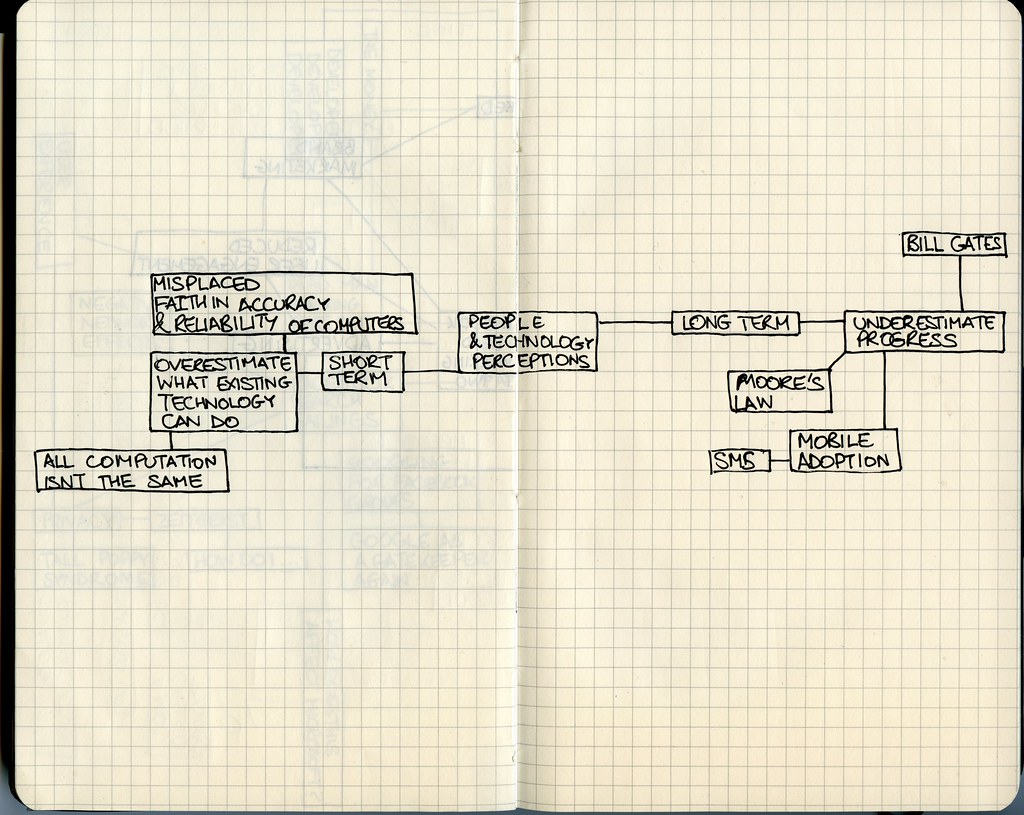As technology continues to advance at a rapid pace, it’s no surprise that artificial intelligence is playing an increasingly important role in many industries. One area where AI is making a significant impact is in content creation. The ability for machines to generate articles that are both informative and engaging has revolutionized the way we think about content creation. In this blog post, we’ll explore the power of AI-generated articles and how they’re changing the game for writers and businesses alike. Get ready to be amazed!
Understanding AI Generated Articles: A Beginner’s Guide
AI generated article is a form of content created by artificial intelligence, more specifically, using Natural Language Processing (NLP) algorithms. These algorithms analyze patterns in data and generate coherent sentences that mimic human writing styles. While AI generated articles are not new, recent advancements in AI technology have led to significant improvements in their quality.
The process begins with selecting a topic or keyword for the article, which is then input into an algorithm. The algorithm scans through millions of documents to collect relevant information on the topic and create a structure for the article. This structure includes headings, subheadings, and bullet points.
Next, the algorithm generates paragraphs based on the collected information and structures them according to the pre-defined outline. Finally, it refines these paragraphs using grammatical rules and suitable vocabulary before producing a complete article.
While some may argue that AI-generated articles lack human creativity or emotionality – they can still prove incredibly useful for niche topics like finance reports or technical white papers where factual accuracy is crucial. In addition to this benefit – generating content automatically saves time while freeing up writers’ energy/resources needed elsewhere.

The Benefits of AI Generated Articles for Content Creators
AI generated articles have become increasingly popular among content creators due to their numerous benefits. Firstly, using AI for article creation saves time and resources since it doesn’t require human input beyond the initial setup. Secondly, AI generated articles are highly customizable, allowing you to tweak them according to your preferences.
Another key advantage is that they can produce a high volume of content in a short amount of time, making it easier for companies with large amounts of web copy or blog posts needed on a regular basis. Furthermore, ai generated articles use natural language processing algorithms to create coherent and well-structured pieces that can match those written by humans.
While some critics argue that AI-generated content isn’t as engaging as human-written material, others counter this argument by pointing out how satisfyingly neat the structure and readability of these pieces can be. Ultimately, the use of AI-generated articles has not only made life easier for writers but has revolutionized online publishing at scale – and we’re likely only seeing the beginning stages of what’s possible in this rapidly evolving field.
How AI Generated Articles are Revolutionizing the Publishing Industry
AI generated articles are revolutionizing the publishing industry by providing a faster and more efficient way to create content. Natural Language Processing (NLP) algorithms enable AI systems to analyze and understand vast amounts of text data, allowing them to generate human-like content that is coherent and engaging. This technology is particularly useful for publishers who need to produce large quantities of content on a regular basis.
Another advantage of AI generated articles is their ability to optimize SEO performance. These algorithms are designed to incorporate relevant keywords into the article organically, improving its search engine ranking without sacrificing readability or quality. Additionally, they can be programmed to follow specific editorial guidelines or stylistic preferences, ensuring consistent brand messaging across all published materials.
Overall, AI generated articles represent a major shift in the way we create and consume content. By leveraging this powerful technology, publishers can streamline their workflows and improve the quality of their output while saving time and money in the process. As these systems continue to evolve and improve over time, we can expect even greater advancements in automated content creation in the years ahead.
Debunking Myths About AI Generated Articles: Separating Fact from Fiction
AI generated articles often face criticism and disbelief due to myths surrounding their creation. One common myth is that AI replaces human writers completely. This couldn’t be further from the truth as AI only assists in research and content generation, leaving actual writing to humans.
Another myth is that AI generated articles lack creativity and originality****. However, with advancements in natural language processing (NLP) technology, AI can now produce unique and engaging content.
Moreover, some argue that using AI generated articles takes away jobs from human writers. But in reality, it frees up time for writers to focus on more complex tasks like editing or analysis.
While there may still be concerns about the quality of AI generated content, it’s important to note that they are continually improving through machine learning algorithms. By separating fact from fiction when it comes to these types of articles, we can begin incorporating them into our content strategies more confidently.

The Future of Content Creation: Exploring the Potential of AI Generated Articles
The potential of AI Generated Articles in the future of content creation is immense. With advancements in natural language processing and machine learning algorithms, they can produce high-quality articles that are coherent and informative. One key advantage is efficiency, as it can save valuable time for content creators who need to manage a large volume of content on a regular basis. Another important benefit is consistency – AI generated articles will always have the same consistent tone, voice, and style if programmed accordingly.
AI Generated Articles can also help businesses create more personalized content that resonates with their target audience by analyzing user data such as demographics, browsing history or social media activity of similar customers to predict what topics may interest them most. Furthermore, software programs can generate unique variations of an article which helps boost SEO rankings since search engines prioritize originality.
Despite these benefits however, there are still some concerns around ethics when using this technology for journalistic purposes especially since it poses questions about transparency and accountability. As AI continues to evolve rapidly over time creating better quality results than ever before – we must ensure ethical considerations remain at forefront in order not only preserve but improve our online ecosystem going forward into the future.
Ethical Considerations for Using AI Generated Articles in Your Content Strategy
As with any new technology, there are ethical considerations when it comes to using AI generated articles in your content strategy. One of the main concerns is plagiarism. While AI programs can create unique articles, they may still unintentionally copy certain phrases or sentences from existing content. It’s important to always run AI-generated articles through a plagiarism checker before publishing.
Another concern is the potential for bias in AI algorithms. If an article contains biased language or ideas, it could harm your brand’s reputation and credibility. When using AI generated articles, it’s crucial to review them carefully and make sure they align with your brand values and messaging.
Additionally, using AI generated articles means potentially putting writers out of work. As a responsible content creator, consider how you can use this technology ethically while also supporting human writers and their livelihoods.
Overall, while there are certainly ethical considerations that come with utilizing AI in content creation, with proper oversight and consideration for all parties involved, it has the potential to be a powerful tool for producing quality content efficiently.
In conclusion, AI generated articles are transforming the way content is created and distributed in today’s digital landscape. From saving time and money to delivering high-quality content efficiently, AI technology has immense potential for businesses and writers alike.
As with any new innovation, there may be concerns about the ethical implications of using these tools. However, by understanding how they work and implementing them responsibly with human oversight, we can harness their power while avoiding any negative consequences.
If you want to stay ahead of the curve in the world of technology and content creation, it’s essential to embrace AI-generated articles as part of your strategy. So be sure to explore our other content on this topic for more insights into how you can use this cutting-edge tool effectively in your own work!
Questions
Who writes AI generated articles?
AI technology writes AI generated articles.
What are AI generated articles?
AI generated articles are written by AI technology without human intervention.
How do AI generated articles work?
AI generated articles work by using algorithms to analyze data and produce written content.
Who ensures the accuracy of AI generated articles?
AI generated articles are checked for accuracy by human editors.
What is the quality of AI generated articles?
The quality of AI generated articles varies, but they can be improved with human editing.
How do you address concerns about AI generated articles?
Concerns about AI generated articles can be addressed by ensuring human oversight and quality control.
